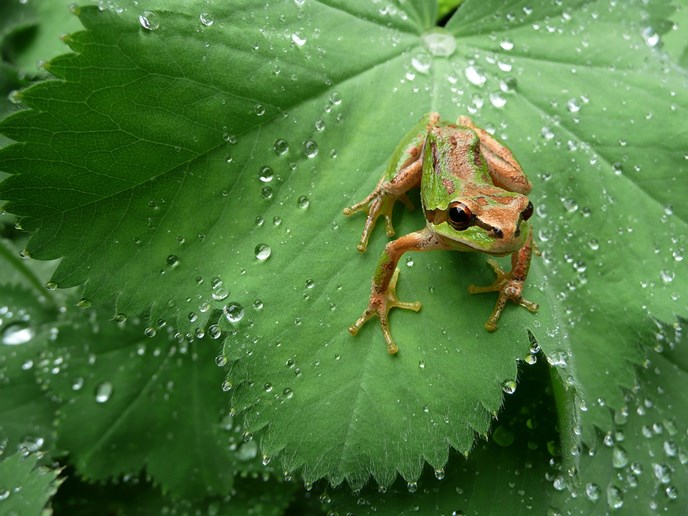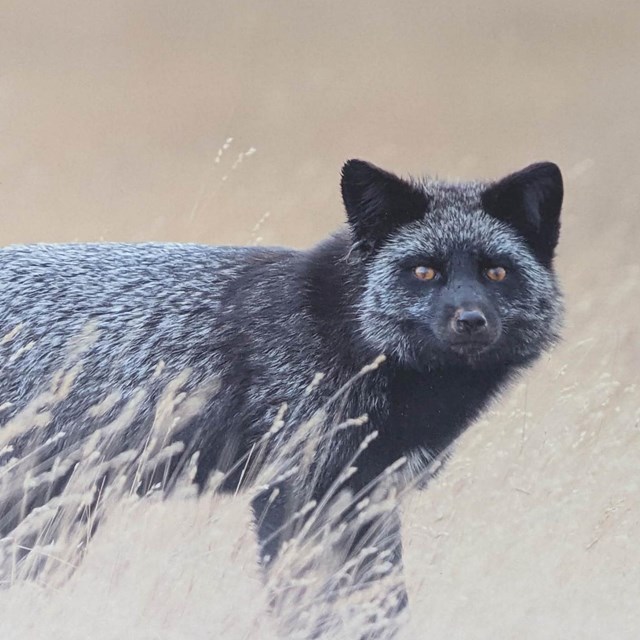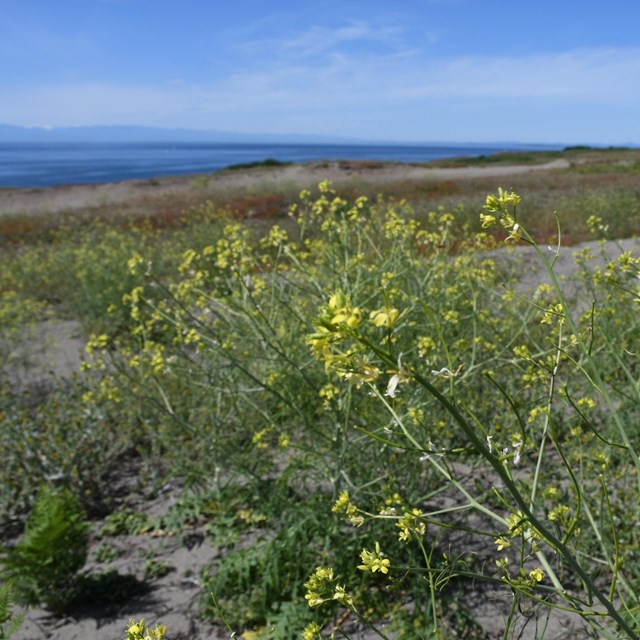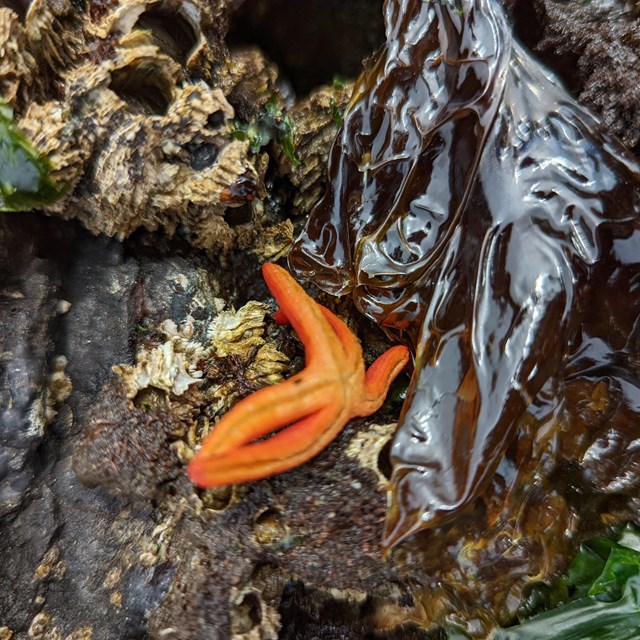
BigStock Photo Pacific Chorus Frog Begin listening for the throaty, two-syllable croak of the Pacific chorus frog in early spring, when the males call to attract females. Even though they’re small—only one to two inches long—their voices are mighty and carry across the marshes and wetlands. These frogs have shiny, smooth skin and long back legs, and coloration varies, depending on the background. They can be fluorescent lime green, brown, tan, or grey, and can change color to blend in with their surroundings. This is critical, because they have many predators, from snakes to raccoons to owls. Mostly nocturnal, you’ll have to look closely during the day. They are usually found close to the ground, camoflauged in grasses and shrubs. But look high as well as low: they often climb stalks of grasses and reeds on their sticky toe pads in search of prey. How do they snag mosquitoes, spiders, beetles, and other insects? With a flick of their sticky tongues. Spring is when you’ll see tiny clusters of eggs—clear with dark specks—on sticks and grasses in shallow water. In late summer or early fall, you may even see groups of tadpoles hopping across roads to the forests on newly sprouted legs. In winter, they hibernate in warm places such as piles of leaves, logs, and mud.
|
Last updated: November 13, 2022



